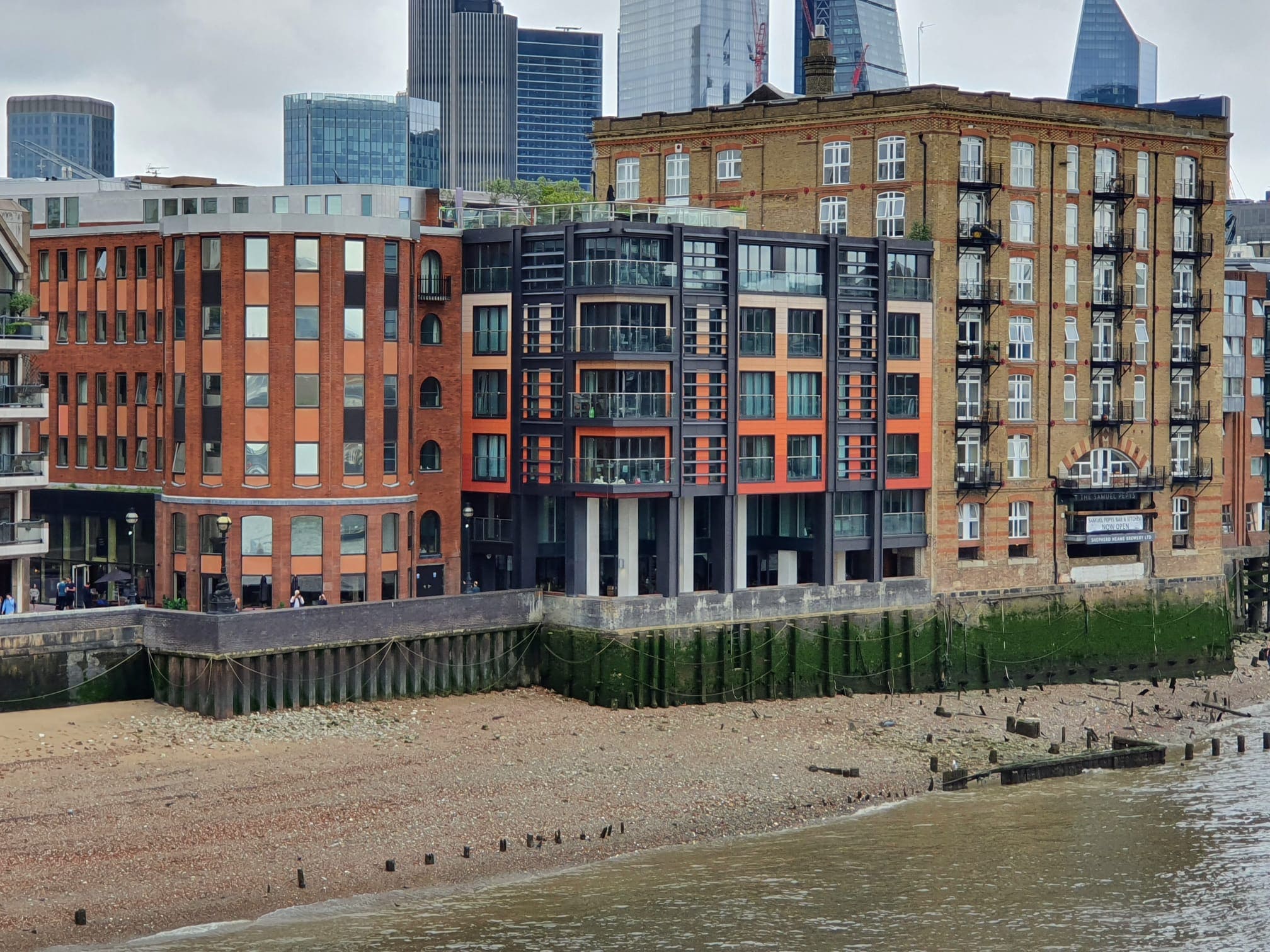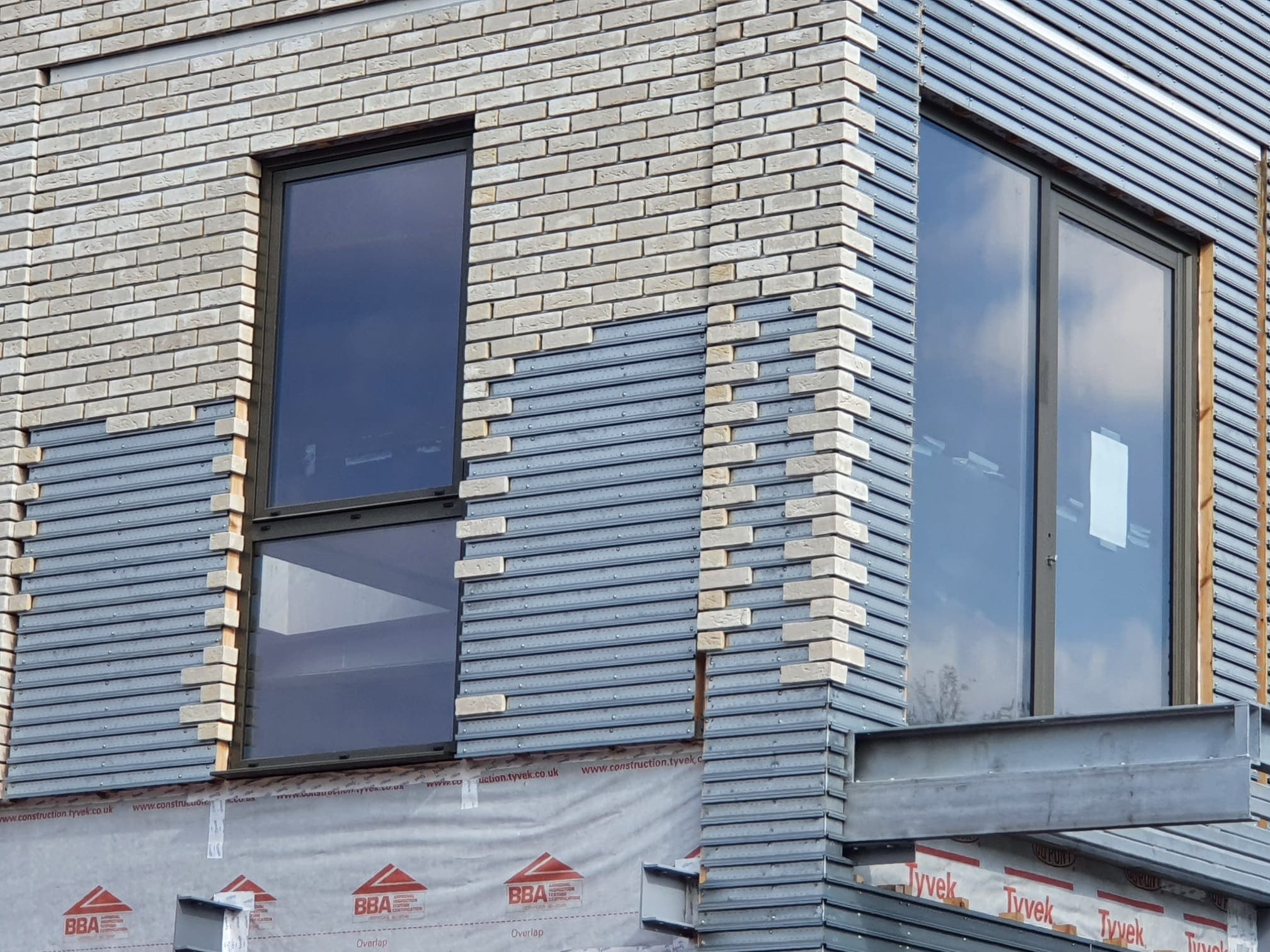Whether the tenant's repairing covenant applied to rebuild a wall that had become structurally unsound in the meantime.
Lurcott v Wakely & Wheeler [1911] 1 K.B. 905 (17 February 1911)
Summary
Lurcott v Wakely & Wheeler [1911] 1 K.B. 905 is a leading case in the English law of property, upon the construction of repair covenants in leases. The question was one of whether the tenant's repairing covenant applied to rebuild a wall that had become structurally unsound in the meantime. The decision, therefore, laid down some clarification of the extent to which repairing obligations extended under different types of lease agreements and the borderline between repairs and renewal.
Facts
In the present case, the Plaintiff, Lurcott, was a landlord who was letting premises to Defendants Wakely & Wheeler. The lease contained a covenant on the lessees to keep the premises in good repair. By a considerable portion of the front wall of the premises, the course of time, it has become so decayed as to be dangerous, and the renovation involved a very considerable operation to render it sound. If fact, it urgently called for complete reconstruction from the base.
The tenants, Wakely & Wheeler, carried out the works which became necessary in order to reinstate the wall. The main issue in the claim was in regard to who had to bear the cost of and the responsibility for the said works. The tenants based their case on the fact that the reinstatement of the wall cost the landlord because it was a renewal and not a repair. In fact, the landlord argued that he is not liable because it is the tenant who should repair in the lease covenant.
Issues
The primary issue that might be identified in this may be briefly put this way:
1. Whether the covenant of the tenants to repair in the lease embraced the complete rebuilding of a wall that has been structurally found defective.
2. What lawfully constituted a repair as opposed to a renew and a reconstruction.
3. How the repair covenant was to be construed where it involved works of any important substantial character.
First Instance
At first instance, the court had to decide the extent to which the tenants were bound by the repair covenant. It had to decide firstly whether serious work of that nature, such as rebuilding the wall, fell within the duty to keep the premises in good repair being placed on the tenants.
In the first place, the court gave judgment for the landlord. It said that tenants were contracted under the express terms of the lease to do the repairs that were necessary, including the major works of rebuilding the wall. The judgment, in other words, put mileage on the word "repair" in the lease covenant, meaning that it ought to be given a wide meaning to include major structural work in case such work is required for keeping the property in good condition.
Decision on Appeal
On appeal, CA held that the judge at first instance had reached the right conclusion and thus re-affirmed that the covenant to repair in the lease did indeed cover quite considerable structural works to keep the property in a good state of repair. It described repair and renewal to the effect that repair is what renders a thing substantially as it was before being degraded, ideally using old materials where practicable, and renewal is the entire replacement of the whole or material part of the thing with new materials.
The Court of Appeal held that the work to reinstate the wall was a repair rather than a renewal. Whilst the extent of the work was substantial, the work that was necessary to keep the property safe and in a state of good condition came within the tenants' repairing covenant.
Comments
The case of Lurcott v Wakely & Wheeler helps to define important implications in the interpretation of repair covenants in leases, and what is expected of one of the tenants or landlords insofar as the maintenance of the property as good repair. The following, therefore, are the issues arising from this case:
1. Extent of the Repair Covenants It has been identified that the ruling reasserts that repair covenants in leases are competent to extend to major structural work where such would be necessary to ensure that a property is kept in good and safe condition. Following this wide definition, there can be no avoidance by tenant of his repair obligations.—defences that the works necessary extend to major works.
2. Repair and Renewal: One of the inferences which can clearly be drawn from the case is that there is a need to differentiate between the concepts of repair and renewal. Repairs describe works which, other than considering similar materials used previously, go into restoring the property into the original state, while 'renewal' refers to the replacement of parts of property with new materials. The distinction assumes a very important character when tenants' obligation under repair covenants is being considered.
3. Tenant's Responsibilities: Tenants should be aware that repair covenants, if it requires for maintaining the property in decent condition, could comprise significant structural works. The ruling in this context puts much greater onus on the tenant to ensure that, during the whole period of the tenancy, the condition of the property must be properly maintained.
4. Landlord-Tenant Relationships: What this case quite clearly helps to define is a level of absoluteness with respect to what should and should not be included in the repairing obligation element in a tenancy contract. More definitively, it also stipulates the fact that both landlords and tenants must be clear enough with the words used in the lease covenants so that no dispute can arise upon the scope of the responsibilities of the repairs.
Legal Precedent: The judgment in Lurcott v Wakely & Wheeler has become the major precedent in the property law area of repair covenants in leases. It provides the criteria for a fair and comprehensive mechanism by which to mediate the interests of the landlord with that of the tenant, whose interests often conflict in matters involving the interpretation of repair obligations.
In conclusion, Lurcott v Wakely & Wheeler expresses a case of great leading guidance in the construction of the repair covenants in leases. Thus, the case is important because of establishing the broadness of the tenant's repair liabilities and the need to keep the property in a state of fitness and safety, and sets a marker for future legal disputes in this sector.
Social
Valuation Services provided by Ringley's Valuation Team
Block Management Packages
Legal Services provided by Ringley Law
Building Surveying Services
Meet our Expert Property Commentators
Whether the tenant's repairing covenant applied to rebuild a wall that had become structurally unsound in the meantime.
Lurcott v Wakely & Wheeler [1911] 1 K.B. 905 (17 February 1911)
Summary
Lurcott v Wakely & Wheeler [1911] 1 K.B. 905 is a leading case in the English law of property, upon the construction of repair covenants in leases. The question was one of whether the tenant's repairing covenant applied to rebuild a wall that had become structurally unsound in the meantime. The decision, therefore, laid down some clarification of the extent to which repairing obligations extended under different types of lease agreements and the borderline between repairs and renewal.
Facts
In the present case, the Plaintiff, Lurcott, was a landlord who was letting premises to Defendants Wakely & Wheeler. The lease contained a covenant on the lessees to keep the premises in good repair. By a considerable portion of the front wall of the premises, the course of time, it has become so decayed as to be dangerous, and the renovation involved a very considerable operation to render it sound. If fact, it urgently called for complete reconstruction from the base.
The tenants, Wakely & Wheeler, carried out the works which became necessary in order to reinstate the wall. The main issue in the claim was in regard to who had to bear the cost of and the responsibility for the said works. The tenants based their case on the fact that the reinstatement of the wall cost the landlord because it was a renewal and not a repair. In fact, the landlord argued that he is not liable because it is the tenant who should repair in the lease covenant.
Issues
The primary issue that might be identified in this may be briefly put this way:
1. Whether the covenant of the tenants to repair in the lease embraced the complete rebuilding of a wall that has been structurally found defective.
2. What lawfully constituted a repair as opposed to a renew and a reconstruction.
3. How the repair covenant was to be construed where it involved works of any important substantial character.
First Instance
At first instance, the court had to decide the extent to which the tenants were bound by the repair covenant. It had to decide firstly whether serious work of that nature, such as rebuilding the wall, fell within the duty to keep the premises in good repair being placed on the tenants.
In the first place, the court gave judgment for the landlord. It said that tenants were contracted under the express terms of the lease to do the repairs that were necessary, including the major works of rebuilding the wall. The judgment, in other words, put mileage on the word "repair" in the lease covenant, meaning that it ought to be given a wide meaning to include major structural work in case such work is required for keeping the property in good condition.
Decision on Appeal
On appeal, CA held that the judge at first instance had reached the right conclusion and thus re-affirmed that the covenant to repair in the lease did indeed cover quite considerable structural works to keep the property in a good state of repair. It described repair and renewal to the effect that repair is what renders a thing substantially as it was before being degraded, ideally using old materials where practicable, and renewal is the entire replacement of the whole or material part of the thing with new materials.
The Court of Appeal held that the work to reinstate the wall was a repair rather than a renewal. Whilst the extent of the work was substantial, the work that was necessary to keep the property safe and in a state of good condition came within the tenants' repairing covenant.
Comments
The case of Lurcott v Wakely & Wheeler helps to define important implications in the interpretation of repair covenants in leases, and what is expected of one of the tenants or landlords insofar as the maintenance of the property as good repair. The following, therefore, are the issues arising from this case:
1. Extent of the Repair Covenants It has been identified that the ruling reasserts that repair covenants in leases are competent to extend to major structural work where such would be necessary to ensure that a property is kept in good and safe condition. Following this wide definition, there can be no avoidance by tenant of his repair obligations.—defences that the works necessary extend to major works.
2. Repair and Renewal: One of the inferences which can clearly be drawn from the case is that there is a need to differentiate between the concepts of repair and renewal. Repairs describe works which, other than considering similar materials used previously, go into restoring the property into the original state, while 'renewal' refers to the replacement of parts of property with new materials. The distinction assumes a very important character when tenants' obligation under repair covenants is being considered.
3. Tenant's Responsibilities: Tenants should be aware that repair covenants, if it requires for maintaining the property in decent condition, could comprise significant structural works. The ruling in this context puts much greater onus on the tenant to ensure that, during the whole period of the tenancy, the condition of the property must be properly maintained.
4. Landlord-Tenant Relationships: What this case quite clearly helps to define is a level of absoluteness with respect to what should and should not be included in the repairing obligation element in a tenancy contract. More definitively, it also stipulates the fact that both landlords and tenants must be clear enough with the words used in the lease covenants so that no dispute can arise upon the scope of the responsibilities of the repairs.
Legal Precedent: The judgment in Lurcott v Wakely & Wheeler has become the major precedent in the property law area of repair covenants in leases. It provides the criteria for a fair and comprehensive mechanism by which to mediate the interests of the landlord with that of the tenant, whose interests often conflict in matters involving the interpretation of repair obligations.
In conclusion, Lurcott v Wakely & Wheeler expresses a case of great leading guidance in the construction of the repair covenants in leases. Thus, the case is important because of establishing the broadness of the tenant's repair liabilities and the need to keep the property in a state of fitness and safety, and sets a marker for future legal disputes in this sector.
Valuation Services provided by The Ringley Group
Meet our Expert Property Commentators























































